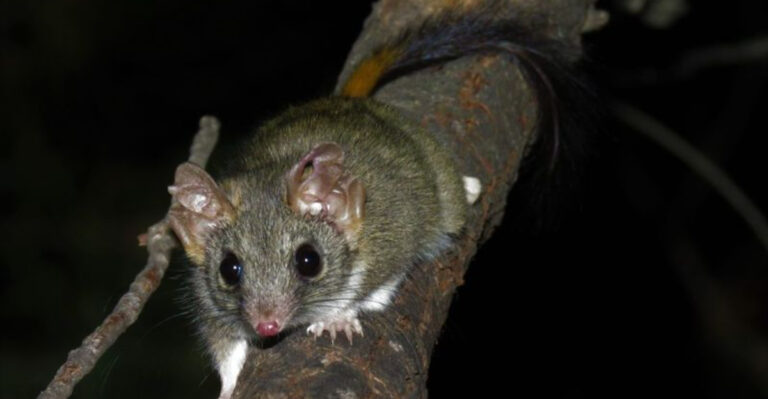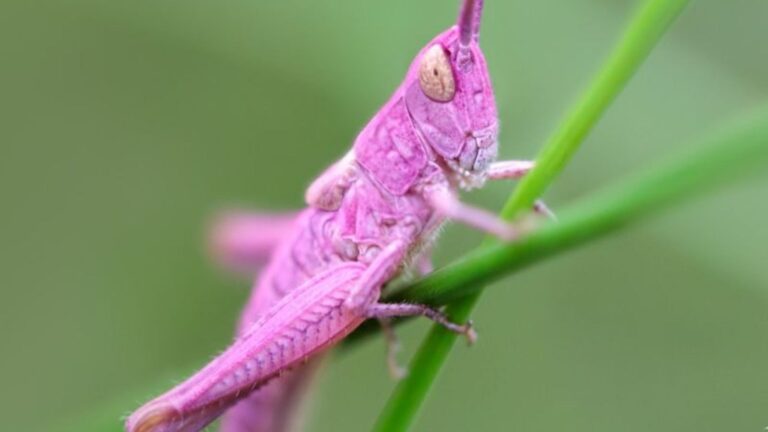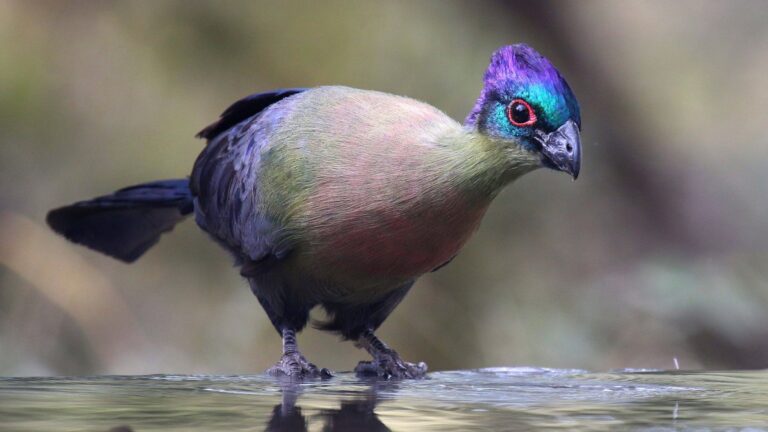The Feeding Behavior Of Piranhas Explained

Piranhas, those razor-toothed fish from South American waters, have fascinated and terrified people for generations.
Their feeding habits are often misunderstood, thanks to Hollywood movies portraying them as relentless killers. The truth about how these fish actually feed and hunt is much more complex and interesting than the myths suggest.
1. Not Just Bloodthirsty
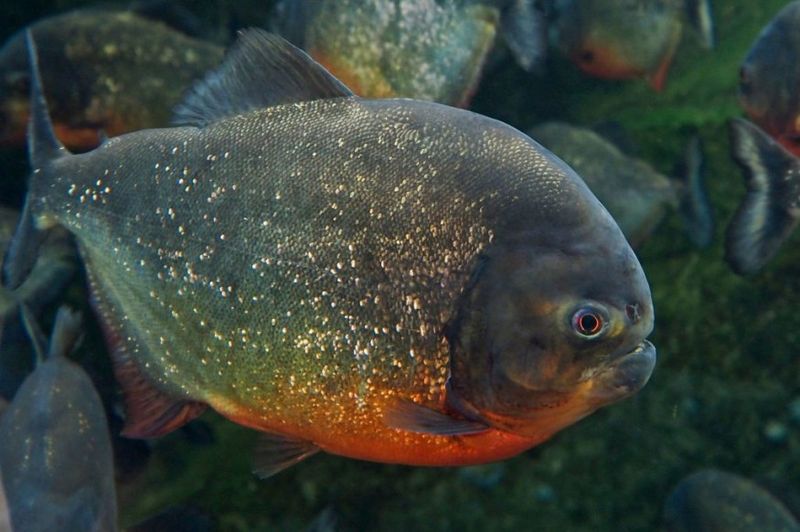
Contrary to their fearsome reputation, piranhas aren’t constantly seeking human flesh to devour. Most species are actually omnivores that eat seeds, fruits, and plant matter that falls into the water.
Their diet shifts seasonally based on food availability. During dry seasons when food becomes scarce, they may become more aggressive hunters, but their typical behavior isn’t the feeding frenzy portrayed in movies.
2. Lightning-Fast Feeding Strikes

When piranhas decide to attack, their speed is truly remarkable. They can strike in less than one-tenth of a second, making their bite nearly impossible to evade.
Their jaw muscles generate tremendous force for their size. A piranha’s bite delivers pressure up to 30 times its body weight, allowing them to tear chunks from prey with a single snap. This efficiency helps them feed quickly and escape potential danger.
3. Feeding Frenzies Explained
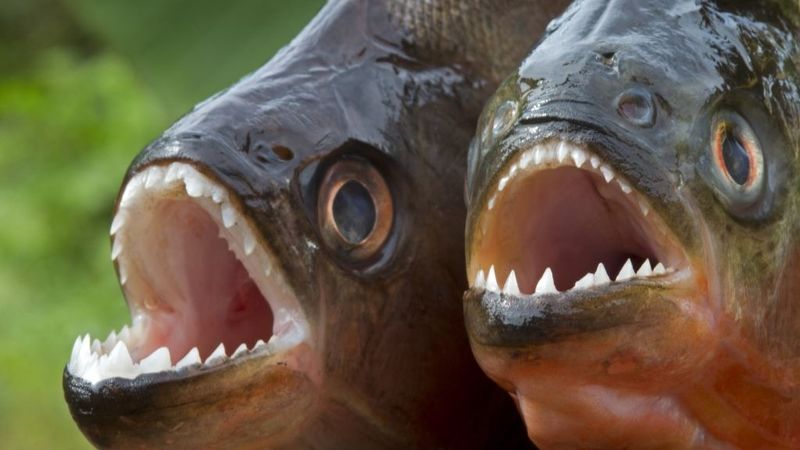
The infamous piranha feeding frenzy occurs under specific conditions. These episodes typically happen when food is scarce or during breeding seasons when piranhas become more territorial.
During a frenzy, chemical cues from blood and movement trigger competitive feeding behavior. The splashing and activity of the first few fish attacking prey signals others to join. However, these events are relatively rare in nature compared to their calm daily feeding habits.
4. Pack Hunting Tactics

Piranhas employ sophisticated group strategies when hunting larger prey. They don’t just randomly attack – they coordinate their efforts through subtle cues.
The group will circle potential prey, gradually tightening their formation. Younger, smaller piranhas often dart in first to test the target. If successful, larger adults join the attack. This methodical approach allows them to take down animals significantly larger than themselves while minimizing individual risk.
5. Scavenger Role In Ecosystems

Many piranha species serve primarily as nature’s cleanup crew. They target dead or dying animals, helping prevent disease spread in their aquatic habitats.
By consuming carcasses, piranhas recycle nutrients back into the ecosystem. This scavenging behavior is especially important during flooding seasons when animal remains wash into river systems. Rather than bloodthirsty killers, they’re more like underwater vultures maintaining river health.
6. Specialized Teeth Structure
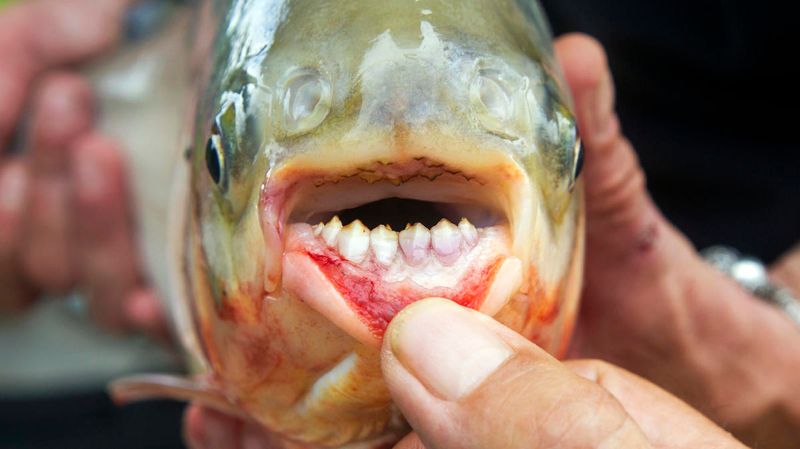
A piranha’s mouth is a marvel of evolutionary engineering. Their interlocking, razor-sharp teeth form a precise cutting tool that slices through flesh with surgical precision.
Each tooth is triangular with a serrated edge, similar to a steak knife. When piranhas lose teeth – which happens regularly – replacements grow in quickly. This continuous replacement system ensures they always maintain their cutting efficiency, with new teeth developing in rows behind the active ones.
7. Seasonal Feeding Changes
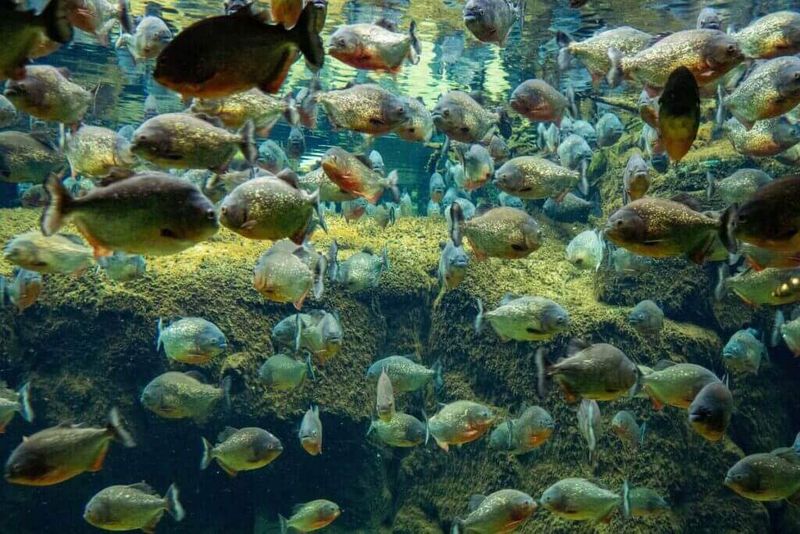
Piranha feeding patterns transform dramatically with the seasons. During rainy seasons when rivers flood, food becomes abundant as fruits, seeds, and insects fall into expanded waterways.
These periods see piranhas spreading out and shifting to more plant-based diets. Conversely, dry seasons concentrate fish into smaller water bodies, increasing competition. Their opportunistic nature allows them to adapt their feeding strategies based on environmental conditions rather than sticking to one hunting method.
8. Feeding Sounds And Communication
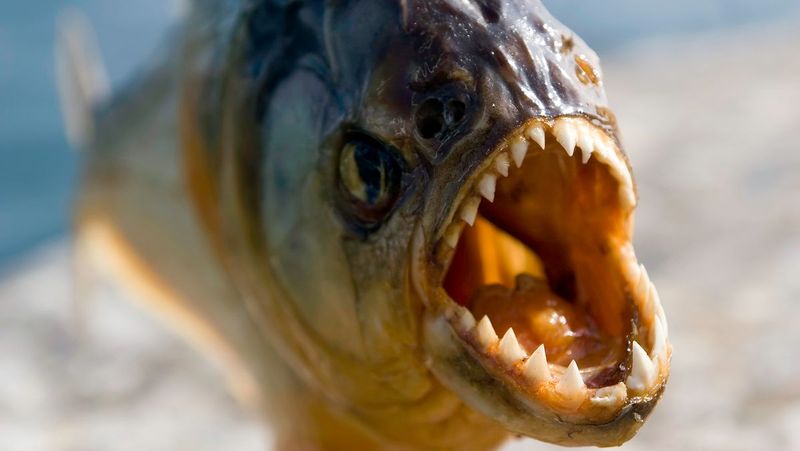
Piranhas are surprisingly vocal during feeding activities. They produce distinctive barking and clicking sounds by grinding their teeth and contracting muscles connected to their swim bladders.
These sounds serve as warnings to competitors or signals to potential mates. Research suggests the noises might coordinate group feeding behaviors, with different patterns indicating food discovery or danger. This acoustic communication system helps maintain order during potentially chaotic feeding situations.
9. Juvenile Feeding Differences
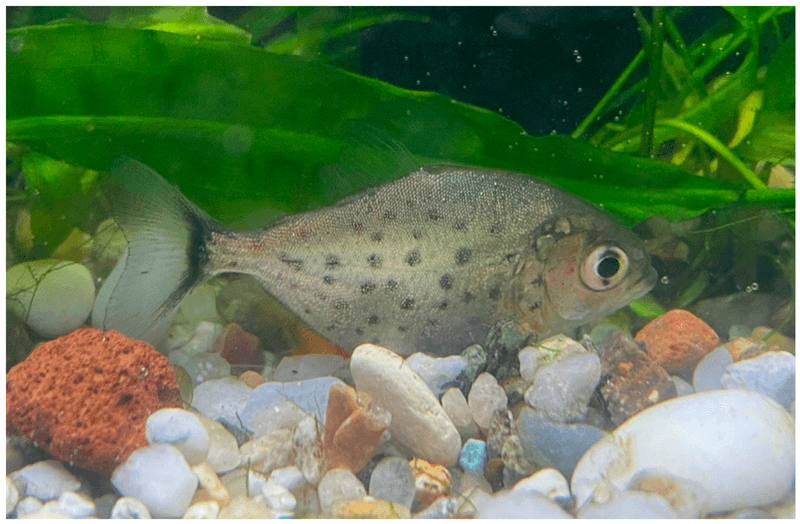
Baby piranhas don’t start life as mini versions of their parents when it comes to feeding. Young piranhas primarily consume tiny aquatic invertebrates and insect larvae, avoiding the meat-heavy diet of adults.
Their feeding grounds differ too – juveniles stick to shallow, vegetated areas that provide protection from predators. As they grow, their diet gradually shifts to include more fish and larger prey. This developmental progression helps reduce competition between age groups within piranha populations.
10. Sensitive Feeding Detection
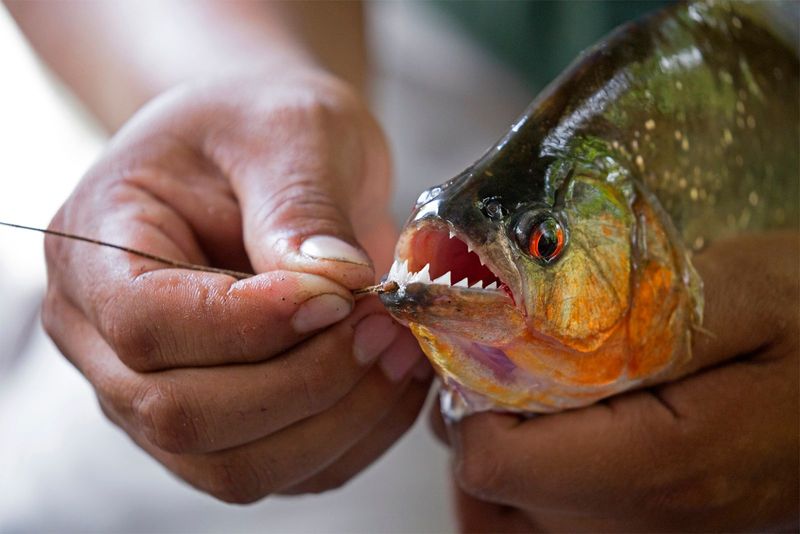
Piranhas possess extraordinary sensory abilities that guide their feeding. Their lateral line system detects minute water pressure changes, allowing them to locate struggling prey from remarkable distances.
They can detect a single drop of blood in 200 liters of water. Their eyes track movement with precision, while specialized smell receptors identify food sources. These combined senses create a multi-layered detection system that makes piranhas incredibly efficient hunters, especially in murky Amazon waters where visibility is limited.
11. Feeding Hierarchy Dynamics
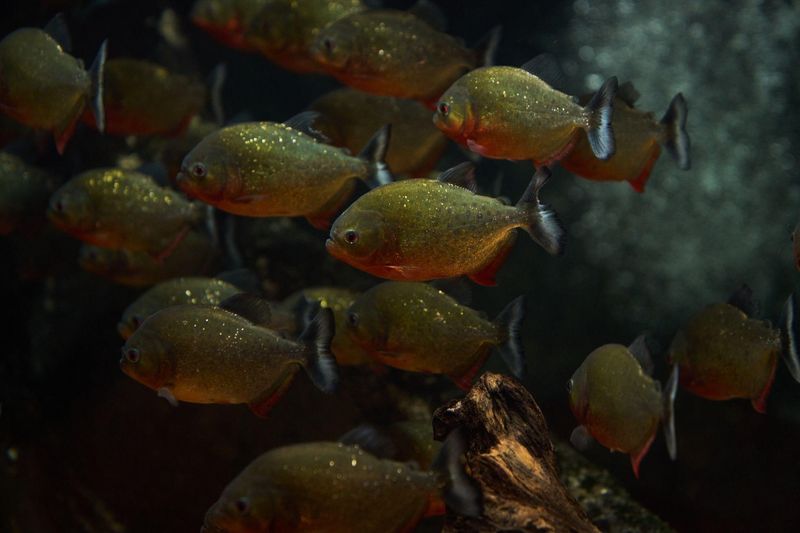
Within piranha schools, not all fish eat equally. A complex social hierarchy determines feeding priority, with dominant individuals typically getting first access to food.
Size plays a major role in this pecking order, but aggressive behavior and previous encounters also influence ranking. Subordinate piranhas often hover at the edges during feeding, darting in opportunistically when possible. This social structure helps reduce fighting within the group while ensuring the strongest members receive adequate nutrition.
12. Nighttime Feeding Behaviors
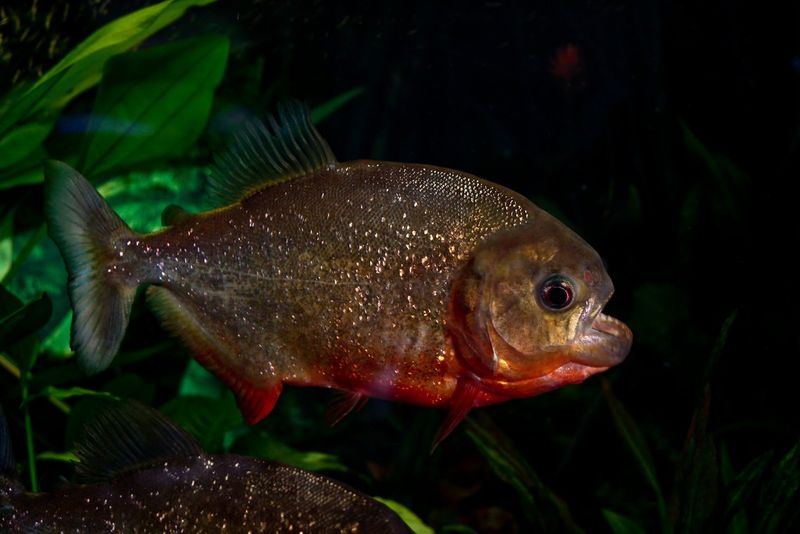
As the Amazon darkness falls, many piranha species transform their feeding strategies. While some species rest at night, others become more active hunters under the cover of darkness.
Nocturnal feeding piranhas rely less on vision and more on their lateral line and smell. They often hunt individually rather than in groups during these hours. The darkness provides protection from their own predators, allowing them to venture into open water areas they might avoid during daylight.
13. Specialized Species Diets
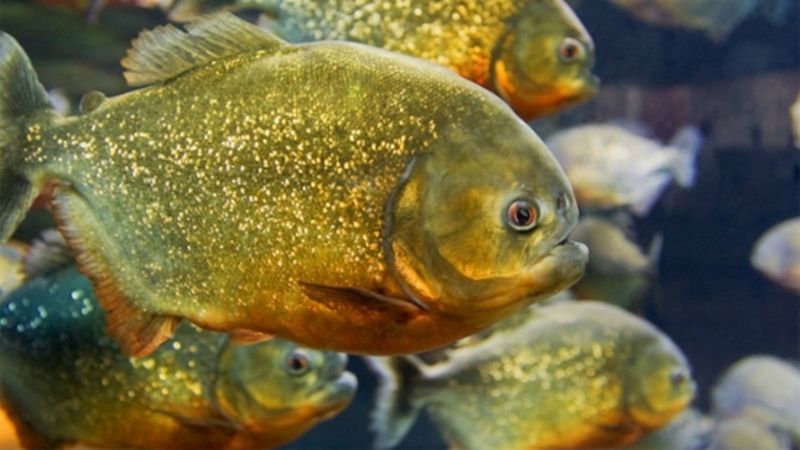
The term “piranha” encompasses over 60 species, each with unique dietary preferences. The vegetarian pacu piranha has molar-like teeth specialized for crushing nuts and seeds that fall into the water.
The wimple piranha feeds almost exclusively by biting scales off larger fish. Black piranhas tend toward solitary hunting of fish, while red-bellied piranhas are more opportunistic omnivores. This dietary diversity showcases the remarkable adaptation of piranhas to fill different ecological niches within the same waterways.
14. Human Interaction Realities
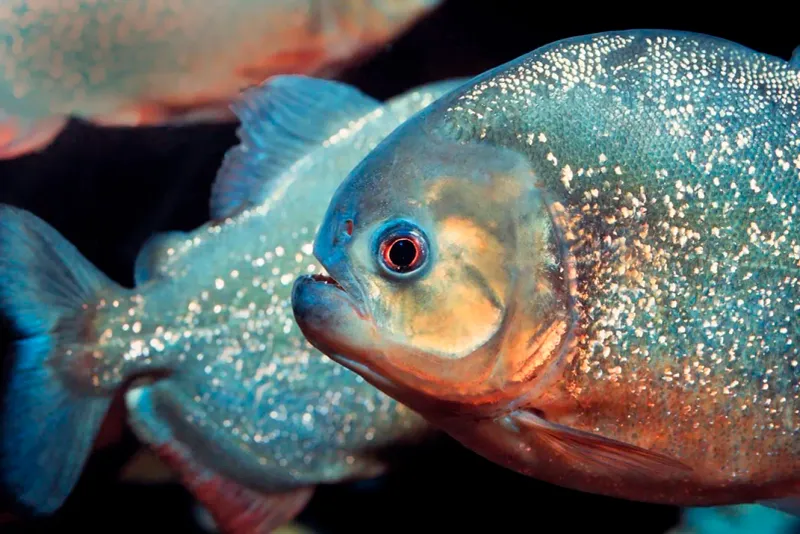
Despite their fearsome reputation, piranha attacks on humans remain extraordinarily rare. Most documented cases occur during dry seasons when water levels are low and food is scarce.
Even then, bites typically result from defensive reactions when the fish feel threatened, not from predatory behavior. Local people in Amazon regions regularly swim in piranha-inhabited waters without incident. The fish generally prefer to flee from large creatures like humans rather than engage in risky attacks.

